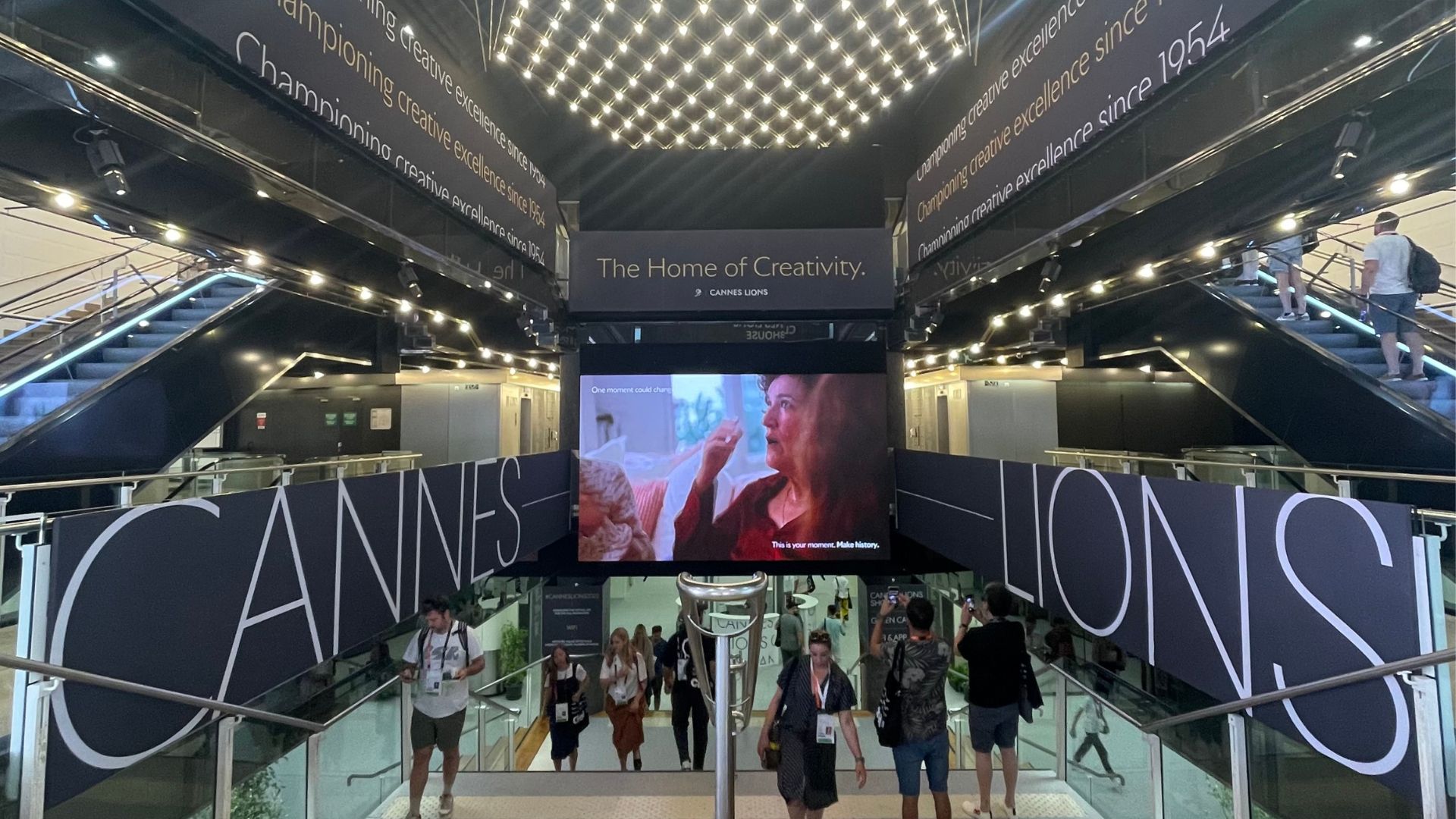 As important as college is to building foundational knowledge, I think it’s often misrepresented as the place where you learn everything you need to know in order to land your dream job and be successful. Perhaps some majors work better than others in this model.
As important as college is to building foundational knowledge, I think it’s often misrepresented as the place where you learn everything you need to know in order to land your dream job and be successful. Perhaps some majors work better than others in this model.
But in my experience, in the realm of public relations, only so much can be taught in lecture halls. Over the course of my internship with Ketchum, I have learned that the best way to develop the skills essential to thrive in PR is through hands-on experience.
I thought it would be fun to look back at my notes from various PR courses and examine why, after some time working in the field, there’s a lot of room for interpretation as to what really counts.
Lesson 1: THIS is how you format a press release.
Every public relations professor has assigned projects that require students to draft press materials. Many also require that these documents be formatted in a specific way – contact info on the left – subhead in italics, etc. This helps ensure that their students include all the required information. Although this makes grading easier, I wouldn’t spend Taco Tuesdays memorizing a professor’s font styles and page layouts because, although there are tenets to follow, there is no “correct” way to format a press release. Every organization has a unique format for a press release, none of which match the one displayed on page 23 of your PR101 textbook.
Lesson 2: You can’t put perfume on a skunk.
This was one of my professors’ favorite phrases, meaning mistakes live forever. While it’s true that even small mistakes can have a big impact, I’ve also learned that public relations provides organizations with the opportunity to reinvent themselves. Individuals are able to correct their flaws and mistakes and organizations are no different. Mistakes can’t be covered up, just like perfume doesn’t really mask a skunk’s undeniable scent. But, over time, it will dissipate in the right environment, with the right communications strategies and the right mix of words and actions.
Lesson 3: This is the definition of public relations.
Public relations is continually evolving and I think the industry is propelled by a combination of skillsets and concepts that continue to grow and evolve. And the modern public relations professional is not solely a copy editor and/or a publicist – today’s professionals require a foundation of endless creativity, insight and an increasing level of technological aptitude to thrive (click to tweet). Going through my textbook from one of my introductory courses, I found one of the many definitions of PR:
“Public Relations: A two-way communication between a company and its publics.”
After all I’ve learned this summer, I think the definition of public relations is not static. One version I’ve come up with to define public relations as this point in time is:
“Public Relations: An open, continuous, multi-directional conversation between an organization and its publics that uses research, insight and strategy to portray an authentic, positive image to target audiences.”
What do you think?
Ultimately, there is no one perfect definition of public relations, just like there is no one way to format a press release or manage a company’s reputation. In the classroom, PR students must learn to write, meet deadlines and harness their inner creative – but the only way to truly understand if your skills are up to snuff is by challenging yourself through internships. Interning has motivated me to improve, aim high and settle for nothing less than success – three things that I will complement you’ll find in your professor’s syllabus.


